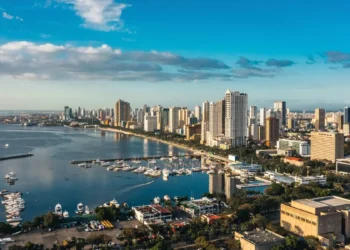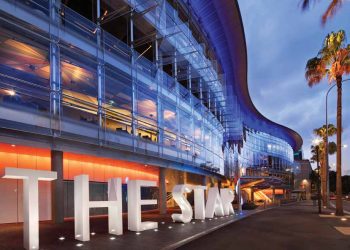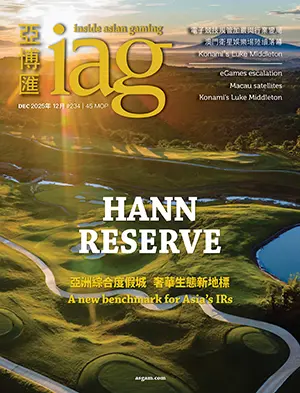Macau’s surprisingly strong October GGR result, which comfortably exceeded street estimates, proves that the city’s upcycle is indeed underway and should be enough to finally dispel any lingering concerns around weakening demand, according to industry analysts.
In a Monday note after the DICJ reported October gaming revenues of MOP$24.1 billion (US$3.01 billion) – the highest monthly tally since October 2019 – investment bank JP Morgan outlined its belief that a weaker than expected finish to September and start of October through the Golden Week holiday was in fact typhoon-driven and temporary.
With GGR having bounced back strongly in the weeks that followed, the bank explained that Macau’s upcycle remains intact, fueled by the positive wealth effect and liquidity.
As such, while growth will moderate to between 8% and 10% in November – mainly due to tougher comps, “easy comps kick in from December, where we expect 15% to 17% GGR growth, and 1Q26 is set for at least low-teens growth [on JP Morgan estimates].”
GGR growth for both 4Q25 and 1Q26 is forecast at 12% to 13%, “comfortably driving industry EBITDA to double-digit growth in the next two quarters (at least) and a clear acceleration from 7% to 8% [growth] in 3Q25.”
Seaport Research Partners senior analyst Vitaly Umansky observed in a separate note that Macau likely benefited from high VIP hold in October with the GGR result strongly driven by premium mass and VIP play. Umansky is also more bullish on November, estimating 11.5% year-on-year growth which he observed is in-line with historical trends.
Broader Q4 growth of around 14% “should be driven by robust marketing and player reinvestment and, importantly, continued ease of money outflows, along with eased visa issuance,” he explained.
While premium mass and VIP have been the backbone of Macau’s resurgence, Umansky noted that there have more recently been some indications that the mid-tier is improving. Base mass, however, remains weak.
“Within base mass, while day-tripper business largely from Hong Kong and Guangdong is likely back to near pre-COVID levels, overnight base mass (destination base mass) has continued to be relatively weak (although it is improving in recent months), likely 80% to 85% of pre-COVID levels,” he said. “In order to drive sustained growth, base mass recovery will be a key driver.”




































